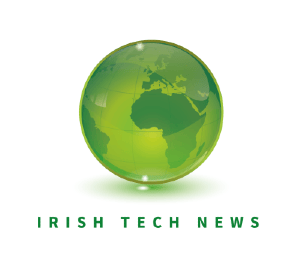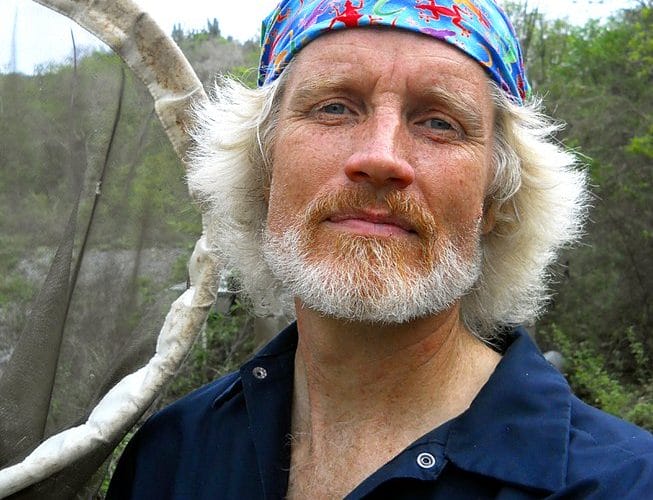On world bee day, it is great to bring you this fascinating interview with someone who is passionate and dedicated to bees. Learn more from bees expert Sam Droege.
What is your background briefly?
My background, tuning fork, muse, and counsel is Nature. There has never been a choice for me but not to study and interpret Natural History. So, while I have a Bachelor’s and Master’s in Science emphasizing natural sciences and statistics, it is the experience of thousands of hours outside watching, observers, catching, counting, and identifying in the wilds that is my real source of wisdom. It continues … and now much of that learning and field work is focused on populations of wild bees.
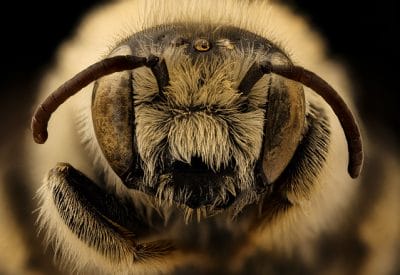
Does it seem like a logical background to what you do now?
More relevant than ever give that childhood now is more indoors than it ever was and we lose our ability to understand the status of the environment, first hand.
1 min pitch for what you are doing now?
To understand the loss of wild bees, bee decline, or how to save bees, we must know more about the thousands of poorly known species. Wild bees are so poorly known because they nest singly (usually in the ground), almost never sting, and don’t provide honey. Consequently, almost no one can do more than name honey bee when asked what bees they might know. That alone tells us that are lost as to how can we care for something when we don’t even know their names?
How much do we really know about bees? Little, for example, we are about 100 years behind what the bird people know about birds. Simple things like where they nest, giving names to all the species, documenting what flowers they visit and pollinate and their role in agriculture all are basic deficits.
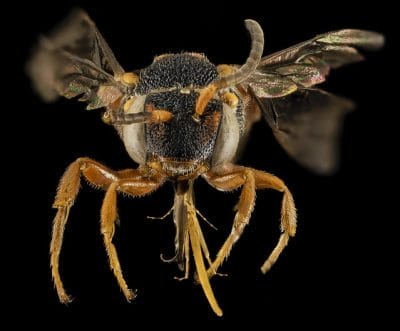
How many species of bees globally have been named/what %?
There are few more than 20,000 named bees, but there are thousands more that need to be named.
How hard/easy is it for people like you to learn more about this?
Learning about bees is like learning about birds, you can take it to any level you like. A good pair of close-focusing binoculars is all you need to get going, watching bees on flowers. At higher levels, where identifying species are important, you need microscopes and more technical guides. Depending on the part of the world identification can become difficult.
On the positive side, there are many organizations now focused on bee conservation, though many do not go further than working with domesticated honeybees, and so a little googling and regional websites with good information popup about common wild bees. Efforts to learn through photographs (e.g., iNaturalist) also allow people to take pictures and learn from others experience as they share and identify photos together.
You can also follow us on Flickr, Instagram, Tumblr (@USGSBIML) and we use extreme macro techniques to show the beauty of bees and then give you details about their life histories.
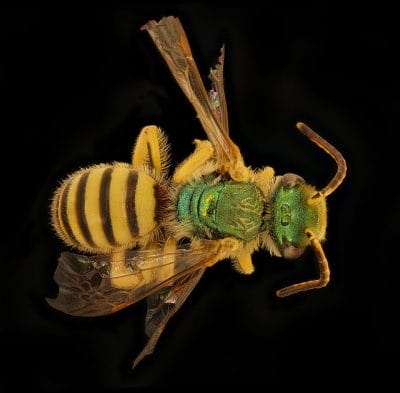
We love your photo archive & the fact it is free to use too is really inspiring and visually amazing. Do you plan to publish them also?
Everything we do is absolutely public domain, there are no restrictions on using, selling, modifying our work are all encouraged. This gives the bees maximal exposure and our pictures are used in many exhibits, power points, books, advertisements, and shown on the walls of homes and offices. We have published a small book that explores some of the most beautiful species and tells all sorts of stories and it is available online (Bees: An Up-Close Look at
Pollinators Around the World).
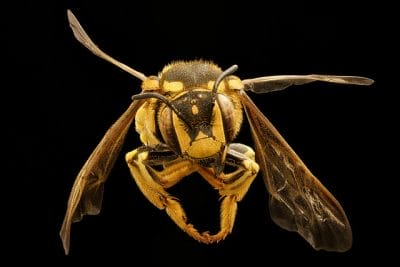
How can people find out more about you & your work?
Follow us and encourage others to do so, this is how we best get information out now….scientific publications have their place, but these pictures and stories affect change: Instagram, Flickr, Tumblr (@USGSBIML) we put something out almost every day, with lurid details of tales if insect lives and our adventures
You can read more articles concerning bees here.
More about Irish Tech News and the Business Showcase
FYI the ROI for you is => We now get over 1.5 million monthly views, and up to 900k monthly unique visitors, from over 160 countries. We have over 860,000 relevant followers on Twitter on our various accounts & were recently described as Ireland’s leading online tech news site and Ireland’s answer to TechCrunch, so we can offer you a good audience!
Since introducing desktop notifications a short time ago, which notify readers directly in their browser of new articles being published, over 16000 people have now signed up to receive them ensuring they are instantly kept up to date on all our latest content. Desktop notifications offer a unique method of serving content directly to verified readers and bypass the issue of content getting lost in people’s crowded news feeds.
Drop us a line if you want to be featured, guest post, suggest a possible interview, or just let us know what you would like to see more of in our future articles. We’re always open to new and interesting suggestions.
If you would like to have your company featured in the Irish Tech News Business Showcase, get in contact with us at [email protected] or on Twitter: @SimonCocking
More about Irish Tech News
Irish Tech News are Ireland’s No. 1 Online Tech Publication and often Ireland’s No.1 Tech Podcast too.
You can find hundreds of fantastic previous episodes and subscribe using whatever platform you like via our Anchor.fm page here: https://anchor.fm/irish-tech-news
If you’d like to be featured in an upcoming Podcast email us at [email protected] now to discuss.
Irish Tech News have a range of services available to help promote your business. Why not drop us a line at [email protected] now to find out more about how we can help you reach our audience.
You can also find and follow us on Twitter, LinkedIn, Facebook, Instagram, TikTok and Snapchat.
